

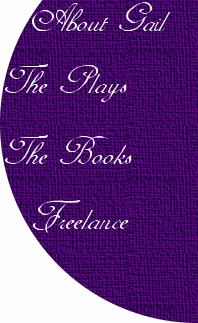
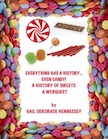
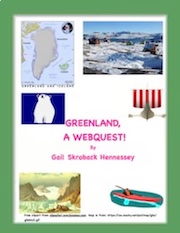
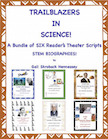

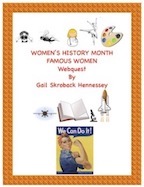
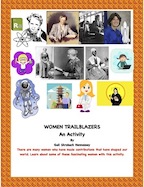
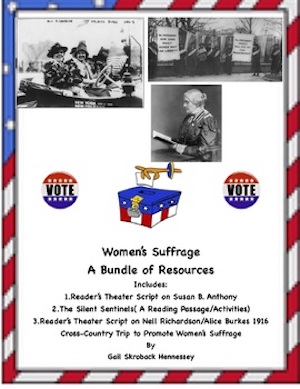
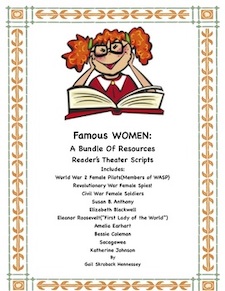
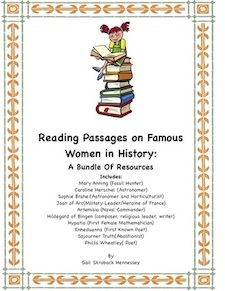
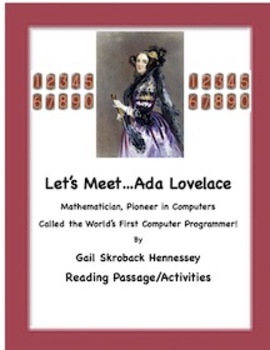
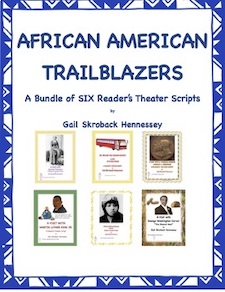
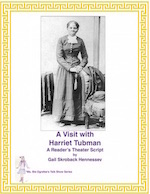
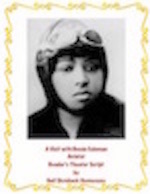

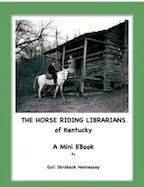


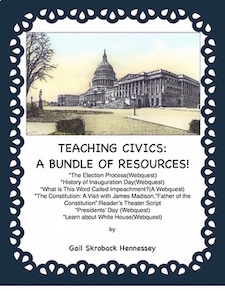
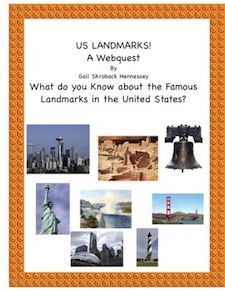
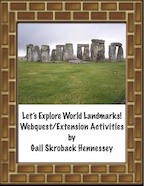
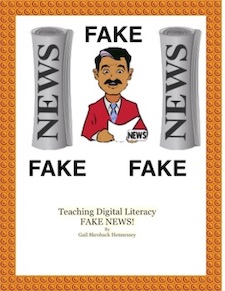
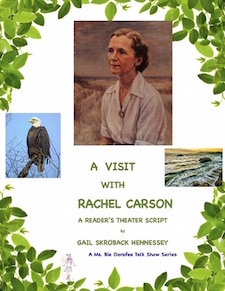
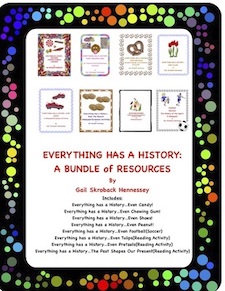
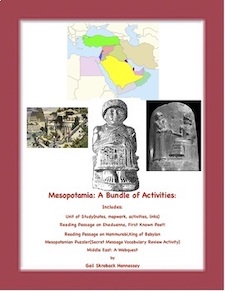
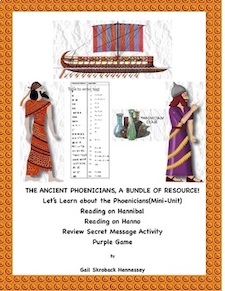
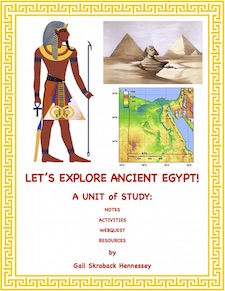
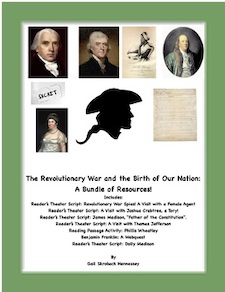
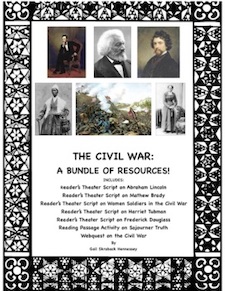
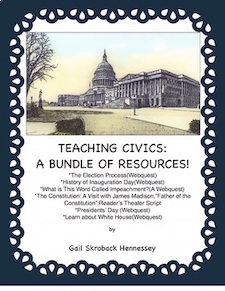
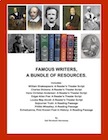
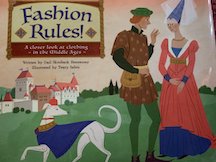
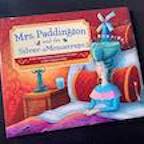
My Book-Mrs. Paddington and the Silver Mousetraps
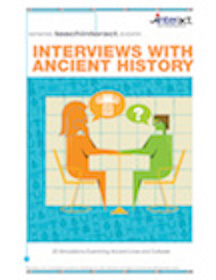


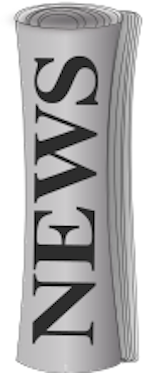
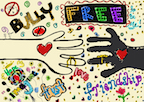
Anti-Bullying Resources
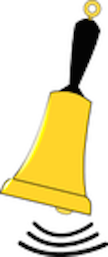
Bell Ringers!
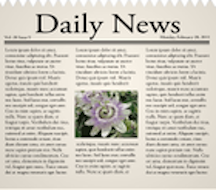
Updated regularly
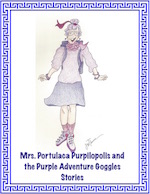
Mrs. Portulaca Purpilopilis
and the Purple Adventure Goggles

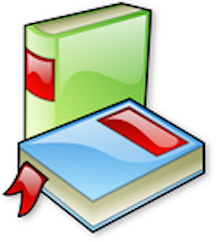

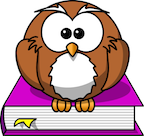
Facts to Wow your Friends!

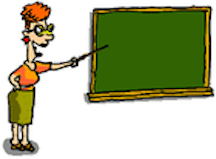 Teaching Ideas!
Teaching Ideas!
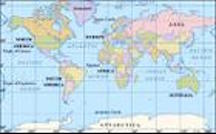







` `


1. You are actually a biomedical scientist. Can you explain your career choice?
As a biomedical scientist, I apply the science of medicine (like X-Rays,laboratory tests, endoscopy and CT scans)to study mummies (humans and animals) to gain a better understanding of how they lived and died.
2.What would you say is the best part of being a mummy expert?
The best part of being a "mummy expert"is discovering the secrets that the mummies hold and learning about the cultures where the mummies are found.
3. You are called a "mummy whisperer". Can you explain?
The secrets a mummy tells are really about the life and times of that individual. Every mummy has a story. Some shout them, while others give up their secrets quietly, in whispers over time. They share with us how they interacted with their environment, how they lived, what diseases they may have had, what their experience was like, etc. Through listening to the whispers of the mummies we can better understand their experience and we get to know them as you would a new friend. Thus the term "mummy whisperer".
4. How do you study mummies?
An endoscope is a tiny camera (about as round as a standard pencil eraser or smaller) that I can pass into an opening in the mummy coffin, mummy wrap or into the mummy itself. It enables me to study a mummy without doing any harm and see things which are otherwise invisible.Unlike huge MRI or CT Scan imaging devices, which require the mummy to be moved to be examined, an endoscope is portable and can go to the site where the mummy is being studied.
5. Have you ever brought your work home with you? Yes. I was transporting a 1000 year old Peruvian mummy to our facility for additional study. At the time, there wasn't a secure place to keep the mummy so...I brought her home with me. I placed the mummy in the back seat of my car, fastening its seat belt for safe traveling. I sat the mummy down on a chair in my living room. My family thought it was a bit spooky. After the mummy was gone, my daughters' friends never wanted to ride in the same car that had transported the mummy.
6. What are some of the places you have visited in your study of mummies? Do you have a favorite mummy?
In addition to the United States,I have worked on mummies in 16 different countries around the world including Mexico, Ecuador, Peru, Chile, Germany, Ireland, Thailand, Philippines, and Papua New Guinea.
7. Are there any different between an Egyptian mummy, Peruvian mummy and, say, a Papua New Guinea mummy?
There are differences in the mummy making process all over the world. Ancient Egyptians removed the internal organs, placing them in separate containers called canopic jars. They used "natron"(salts) to dry the bodies out. Peruvians usually didn't take out the organs and the dry climate and textiles used, dried them out. The Papua New Guinea mummies, with their organs intact, were preserved by using a smoking process.
8. What are some of the challenges in mummy work?
Since we try to go "to the mummy", there are the physical dangers of poor roads, cave-ins (when in a tomb or cave), climbing mountains and cliffs and possibly unfriendly villagers. Disease is another danger as is high altitude sickness, something which got me on one occasion.
We travel with local people who can help explain why we are there and never go anywhere uninvited. I'd say the most risky place (and most Indiana Jones-like experience) were my recent trips (2008 and 2010) to Papua New Guinea. The roads and bridges were very dangerous. On the first trip to the Koke village, I came upon a man in a tapa cloth outfit with a cassowary bone through his nose. He was also holding a bow and arrow pointing it at me. He didn't look friendly! After learning that I was there to work on their mummy named Moimango (a great warrior,leader and shaman, to their people), he approached me and rubbed his nose against mine. It was his welcoming greeting!
9. A comment you'd share with young people about mummies?
It is important to remember that mummies are not objects of curiosity. They are eye witnesses to their time and are like time travelers who have come to help us understand who they were, what they cared for, and how they lived.
Photograph from Ronald G. Beckett-Thank you!